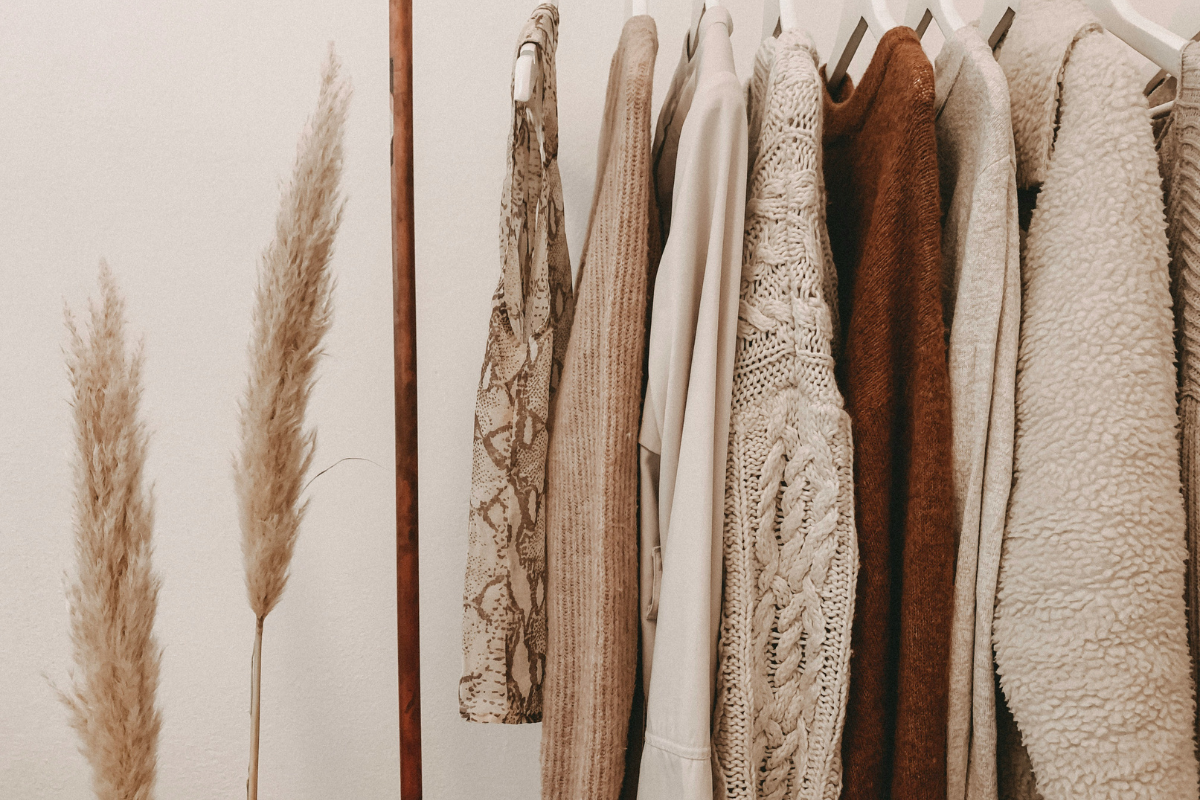Declutter & organize your home: the smart way to start any interior project
Before diving into moodboards, materials, or color palettes, there’s one step that can completely transform the way you experience your home (and the way your interior designer works with you): decluttering and organizing.It might not sound as glamorous as picking fabrics or designing your dream kitchen, but trust me, this step sets the tone for everything that follows.
Why decluttering matters more than you think
When you start an interior design project, your designer needs to understand how you live, not just what you like. That means knowing how much you own, how you use your space, and where your biggest frustrations come from. Sorting through your belongings helps you define your real needs in terms of storage, layout, and comfort. Because if you don’t know exactly what you have, how can you know what to keep or where it should go?
As Marie Kondo famously says: “keep only what sparks joy”. But beyond joy, it’s about clarity. The more you simplify, the more functional (and peaceful) your home becomes.
Do it step by step, room by room
Decluttering doesn’t mean turning your home upside down in one weekend. Take it one space at a time:
Wardrobe: clothes, shoes, accessories… keep what fits your current lifestyle. If you haven’t worn it in the past year, it’s probably time to pass it on give, sell, or upcycle!
Bathroom: expired beauty products love to hide in drawers.
Kitchen: utensils, appliances, mugs (we all have too many).
Living areas: magazines, décor, cables, random objects that “might be useful one day.”
Don’t rush: this is about making mindful choices. At the end, you’ll not only feel lighter, but you’ll have a clear picture of what storage solutions your future design should include.
Give your objects a second life
Decluttering isn’t about throwing things away: it’s about responsible circulation. Donate to local charities, sell what’s in good condition, recycle what you can. It’s good for the planet, good for others, and (bonus!) good for your wallet. This step often sparks a deeper reflection about consumption. When you spend time sorting through what you’ve accumulated, you naturally start wanting to buy less, but better.
Make organization logical and sustainable
Decluttering is only half the story, now comes organization. And here, the golden rule is: make it easy for everyone to keep up. As organizing expert Judith Crillen says, “a home stays tidy only if the system makes sense for all family members”. That might mean labeling drawers (“everything that cuts” / “everything that sticks”), grouping items by function, and assigning a clear place for each category.
Think accessibility:
Keep everyday items where you can easily reach them.
Store seasonal or rarely used items up high, under the bed, or in a clean basement.
In the kitchen, leave countertops as free as possible, only display what you use daily (your kettle, toaster, or blender depending on your habits).
This logic-based approach creates a home that supports your routines instead of working against them.
5. The ripple effect
Once you’ve done this once (really done it) something shifts. You stop buying impulsively. You value space over stuff. You take care of what you own. And when you start your interior project, you’re no longer designing around clutter, you’re designing around you: your habits, your rhythms, your life.
Ready to start your decluttering journey?
Whether you’re planning a full interior transformation or just craving more calm at home, this step is always the best beginning. And if you need help translating that clarity into a tailored design plan, that’s where I come in!


